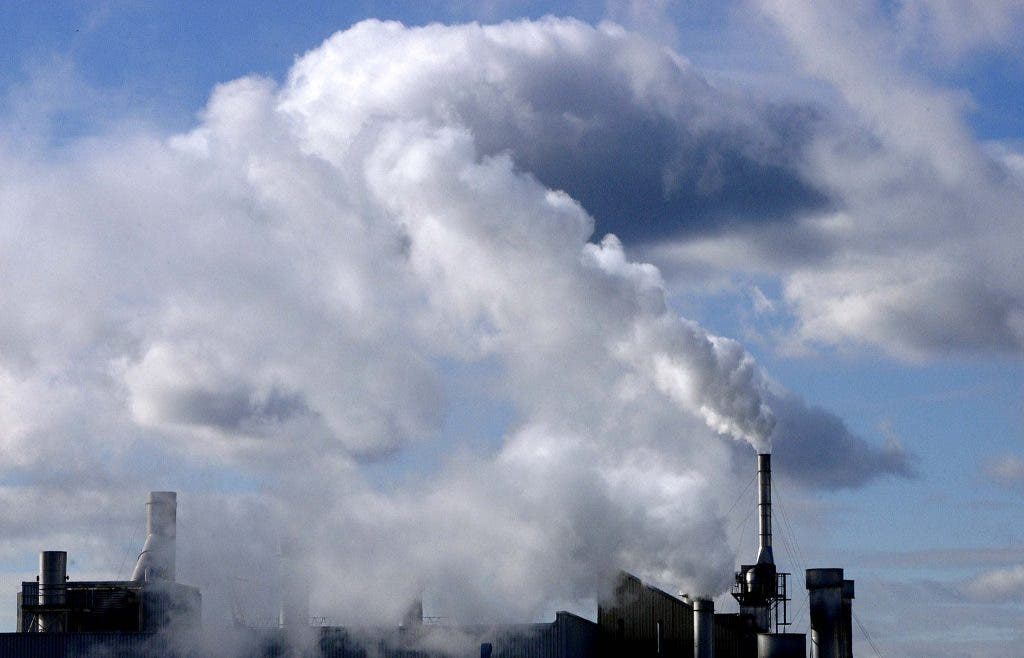Reducing greenhouse gas emissions would not only limit temperature increase and sea level rise — but also significantly reduce air pollution worldwide, preventing more than one million annual premature deaths over the next decade, according to a new study.

The Paris Agreement, a global climate treaty to limit the temperature increase to 2ºC or ideally 1.5ºC, was signed by every country on Earth. It requires every participating country to submit a climate pledge (known as NDC) in which they outline their steps to achieve the global target. NDCs are non-binding, flexible and variate substantially between different countries.
One factor not addressed by the NDCs is the influence of atmospheric particulate matter (aerosols). Both anthropogenic emissions of greenhouse gases (GHG) and aerosols alter Earth’s climate, but most countries only consider GHGs in their NDCs. However, the two are closely tied, as human activities simultaneously produce both.
From a climate change perspective, the influence of aerosols is complex. Aerosols typically only have a lifetime of 5–10 days, but their impacts are pervasive due to their continuous emission. They can directly absorb and scatter radiation, influence the formation and evolution of clouds and modify surface albedo.
“Joint consideration of greenhouse gases and aerosols is critical,” Pascal Polonik, lead author of the new paper, said in a statement. “Polluting particles, known as aerosols, are emitted in tandem with greenhouse gases but aren’t accounted for. While all greenhouse gas emissions might be thought of as unambiguously harmful, aerosols are more complicated.”
In a new study Polonik and his colleagues explored the tradeoffs countries would face by taking aerosols into consideration while concurrently making CO2 cuts to implement climate pledges. Their model provides a country-by-country breakdown of the impacts of aerosol reductions.
They looked at outcomes under three scenarios. One prioritized temperature by targeting industries that contribute the most to global warming, another one prioritized air quality, targeting aerosol reduction to the dirtiest sectors, and the last one, named “politically expedient,” reduced emissions from all economic sectors equally.
Under all three, the researchers found that by 2030 one million premature deaths would be prevented ever year. This shows the importance of addressing climate change while jointly tackling air pollution, they argued. Exposure to fine particulate matter (known as PM2.5) has wide-ranging adverse health effects on human health.
“Implementing cuts equally and making each industry do their fair share may be the easiest way to implement climate policy in a democratic society like the U.S. where there are many competing political interests,” co-author Kate Ricke said in a statement. “However, there are real benefits to being thoughtful about how aerosols factor into climate policy outcomes.”
So the good news is that cutting down on our emissions could have even more benefits than initially thought. The bad news is that we’re not really doing a good job at reducing emissions so far.
Countries are currently very far from meeting the Paris Agreement targets. They would have to collectively increase their climate action threefold to be in line with the 2ºC goal, UN estimated. Meanwhile, to be in line with the 1.5ºC target, they would have to do so fivefold. The world is now heading to global warming of about 3ºC based on the current climate pledges.
The study was published in the journal Earth’s Future.









